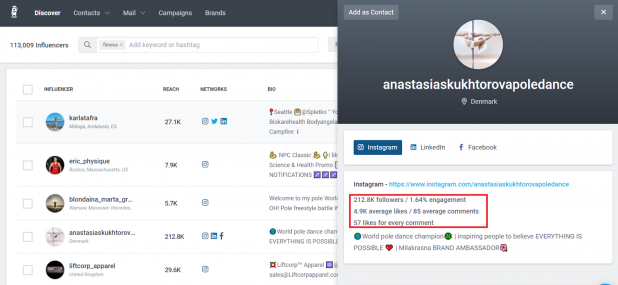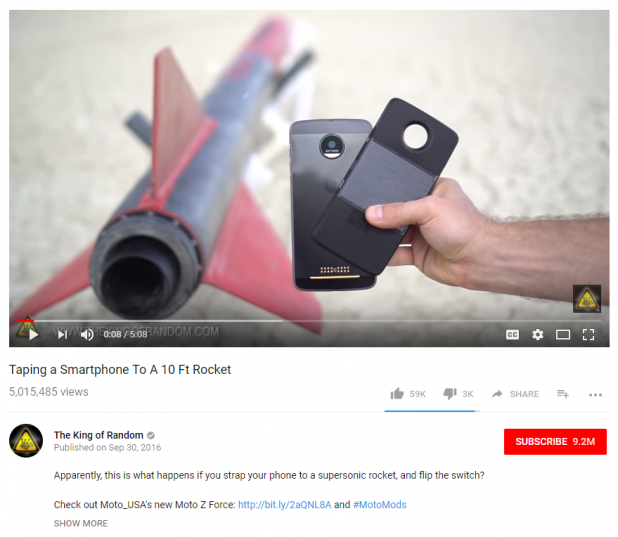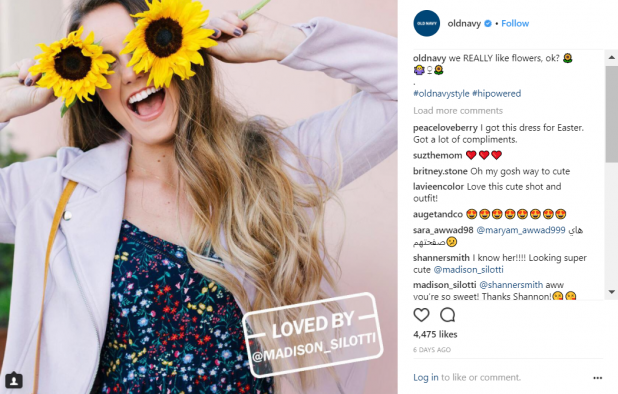In a study titled, ”2017 State of the Creator Economy Report,” it was found that people trust content generated by people they know. As a result, more brands have taken to collaborating with social influences to help grow their businesses.
The question that arises then, is what is influencer-generated content, and how can it help your brand?
To put it simply it’s the content that an influencer creates. They could be blog posts, videos, podcasts, or any other form of content aimed to promote your brand and products. Its benefits range from a higher ROI, increased brand exposure, and better lead generation.
Of course, to get the most out of your influencer marketing strategy, it’s important that you connect with the right influencers. It’s also important that you know how to make influencer-generated content work for your brand.
Here are a few tips to help you find the right influencers, and effectively leverage influencer-generated content to grow your business:
Check Their Alignment
The first thing businesses usually look at in an influencer is the strength of their fan following. However, a big fan base is of little use to you if they aren’t your intended target market. For example, collaborating with an influencer in the fashion industry is unlikely to do your enterprise software brand any favors.
Alignment goes a lot deeper than just industry. Ensure that the influencer reaches the demographic your product is meant for. And, if possible, work with individuals who already use and endorse your products.
It is here that influencer marketing tools such as Grin can help you. Tools like these will help you find the right influencers by reach, demographics, and alignment. Further, these platforms can also help you keep track of important metrics like engagement rates, ROI, and more.

Take for example Loot Crate, the gaming and fandom lifestyle brand. They teamed up with popular YouTuber and gamer PewDiePie. Loot Crate sponsored his “5 Weird Stuff Online” web series, and PewDiePie shared a discount code for the brand’s subscription.
6 out of 10 YouTube subscribers prefer advice on what to buy from their favorite creator over celebrities. Loot Crate leveraged this in their strategy by working with influencers in the gaming and comedy niche. Quite the masterstroke, considering most of their audience is comprised of people who regularly viewed content generated by these vloggers.
Collaborate with Them
Working with influencers is a two-way street. While influencers should have creative freedom over their content, at the end of the day, it’s still content for your brand. You must effectively communicate what sort of content you expect from them. Review their work, suggest edits, and make recommendations.
Therefore, it’s important to find influencers who aren’t just aligned with your brand’s image, but who are also open to feedback. This is to ensure the content reaches the right people and portrays your brand in the right way.
Zara, the clothing retailer, worked with top fashionistas like Teesh Rosa on Instagram for their “#iamdenim” campaign. They gave the influencers the creative freedom to highlight their product in a way to attract their target audience.
The message behind their campaign was to spread the word that they worked with real people. And boy did it work. In a matter of 8 months, Zara’s fan following grew by a whopping 4.6 million followers.
Respect Their Work
Don’t shackle your influencers by exercising excessive control over the campaign. If they feel that you don’t respect their opinions, they may stop putting in their best efforts and become lackadaisical with their content.
They are social influencers because they know what they are doing. And their content is what got them there in the first place. While it is ok to review and approve content before it gets published, micromanaging them isn’t.
Cue Motorola and their social media campaign to launch their Moto Mods for the Moto Z family. 13 influencers were given complete creative freedom make videos that showcased something unique about their new range.

And boy did they surpass expectations. From strapping a Moto Z Force to a rocket (shown above) to surviving a haunted high school, the influencers did it all. Roughly 11 million views and approximately 38 million social impressions later, it’s fair to say the campaign was a hit. And all Motorola did was give them a basic idea.
Use Their Content in Ads
Given the boom in influencer marketing, 39% of marketers expect an increase in their influencer marketing budgets in the months to come. This could mean a tighter purse for traditional marketing content. But that doesn’t have to be a bad thing. It’s another reason for marketers to repurpose existing influencer content for future ad campaigns.
With existing content from influencers, brands are sitting on a pot of gold that they know has worked in the past. By marketing that content in a different format, you can squeeze more juice out of it. But before you do, as a professional courtesy, remember to give credit to the original content creator. That’s not to say that you should repurpose content to the extent it becomes stale.
This point is best illustrated by talking about Old Navy. Working with fashion bloggers, they often repost and share photos previously posted by the influencers they work with. Like this photo originally posted by influencer, Madison Silotti.

They haven’t restricted themselves to just Instagram either. They partnered with YouTuber, Meghan Rienks, for a series of fun videos that they later posted on their own channel. The videos were shared on Old Navy’s Facebook and Twitter accounts too.
Conclusion
At the end of the day, influencer marketing is about gaining consumers’ trust. To get the most of your influencer-generated content, you need to not only find the right people, but trust them as well. If you respect their process, you’ll get more authentic content – content that consumers will be more likely to trust. If you have any insights on this topic, or any additional tips, please share them in the comments below.





